Patterns are an essential part of a child’s learning journey and play a pivotal role in developing critical thinking, observation skills, and mathematical understanding. Parents and educators can provide a creative and interactive learning experience by introducing pattern activities for kindergarten. Engaging children in activities that explore these sequences encourages curiosity and problem-solving while also fostering a love for learning.
Helping children recognise and create patterns lays the groundwork for several cognitive abilities. Whether it is identifying repetitive designs in a carpet or arranging shapes into a sequence, patterns help children understand order and predictability. This understanding enhances their logical thinking, which is crucial for future academic pursuits. By exploring fun pattern activities, kids grasp basic mathematical concepts and engage in imaginative and hands-on experiences.
Why Patterns Matter for Kindergarten Kids
Introducing pattern activities for kindergarten learners has numerous advantages:
Cognitive Development: Recognising patterns enhances reasoning and problem-solving skills.
Foundation for Math: Learning patterns introduces sequencing and numerical concepts.
Language Development: Songs and rhymes with repeating patterns improve language fluency.
Creativity: Creating patterns with different materials fosters artistic expression.
Observation Skills: Identifying patterns sharpens children’s ability to notice details.
Creative Pattern Activities
These simple yet effective pattern ideas for kindergarten help children to engagingly grasp fundamental concepts. Here are some hands-on pattern ideas for kindergarten that can be both enjoyable and educational:
Beads and Blocks: Provide children with colourful beads or blocks and have them arrange items in simple sequences, such as “red-blue-red-blue.”
Nature Patterns: Let kids use leaves, flowers, pebbles, or sticks to create natural patterns. This activity connects them with the environment while stimulating their curiosity.
Clapping and Singing: Use repetitive clapping sequences or songs to introduce auditory patterns.
Craft Patterns: Children can use paper cutouts or stamps to design intricate patterns on paper.
Outdoor Chalk Patterns: Encourage kids to draw patterns on the sidewalk or playground with chalk.
Digital Tools: Use apps or games that challenge children to identify and complete patterns.
Integrating Patterns into Daily Activities
Patterns can be incorporated into everyday routines, making learning a natural and enjoyable experience. Here’s how:
Meal Time Patterns: Arrange snacks like fruits or vegetables in repeating sequences.
Dress-Up Patterns: Encourage children to wear clothes with stripes, polka dots, or checkered patterns and identify them.
Cleaning and Sorting: Organise toys or books in colour or size patterns during cleanup.
Dance and Movement: Introduce choreographed steps that follow a repetitive pattern to improve motor skills.
Storytime Rhymes: Read stories or poems with repetitive elements to reinforce the concept of patterns.
Tips for Educators and Parents
To make pattern activities impactful and engaging, here are some tips:
Start Simple: Begin with basic patterns and gradually introduce more complex sequences.
Use Visual Aids: Charts, flashcards, and videos can make learning patterns more appealing.
Encourage Creativity: Allow children to design their patterns using art supplies or household items.
Provide Feedback: Praise children for their efforts and guide them in recognising and correcting mistakes.
Foster Collaboration: Encourage group activities where children can work together to create or identify patterns.
One of the most effective ways to introduce pattern ideas for kindergarten is to use tangible materials such as coloured beads, building blocks, and paper cutouts. Children can be encouraged to arrange these items in repeating sequences, such as red-blue-red-blue or square-circle-square-circle. This simple yet engaging activity enables kids to recognise patterns and develop an intuitive sense of order and logic.
Another approach involves using natural objects like leaves, flowers, or pebbles to create patterns, connecting children with the world around them. Incorporating storytelling and songs that include repetitive patterns can also make learning more engaging and memorable for young minds. With carefully planned fun pattern activities, children learn to identify patterns and start to understand how they are applied in everyday situations.
At Mothers Pet Kindergarten, we place a strong emphasis on nurturing the inquisitiveness of young learners by incorporating pattern activities for kindergarten into daily routines. Our educators design creative and interactive sessions that introduce children to a variety of pattern ideas for kindergarten while encouraging them to explore and experiment. One popular activity at our institution involves the use of brightly coloured ribbons to form unique patterns on bulletin boards. Children eagerly participate in identifying missing elements in pre-designed patterns, honing their observational skills in the process.
In addition to classroom activities, fun pattern activities extend to outdoor learning spaces, where children can engage in creating patterns using chalk on the ground or arranging fallen leaves and flowers. These activities foster a sense of teamwork and collaboration as children work together to create visually appealing designs. By integrating patterns into various aspects of their learning journey, we ensure that our students gain a comprehensive understanding of this essential concept while also having fun.
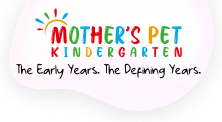
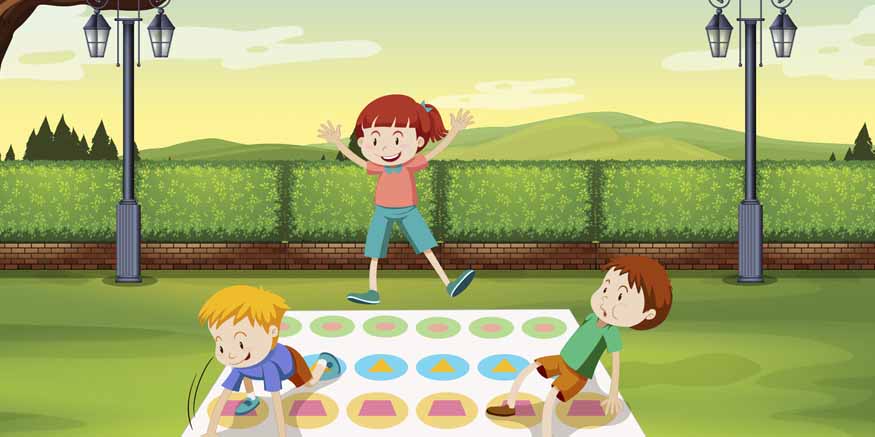
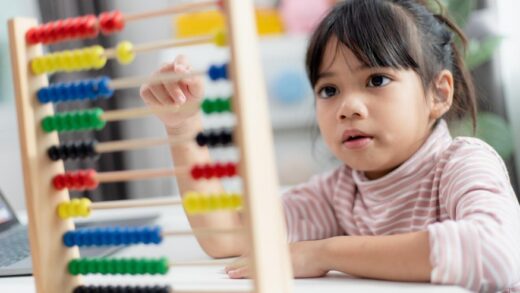
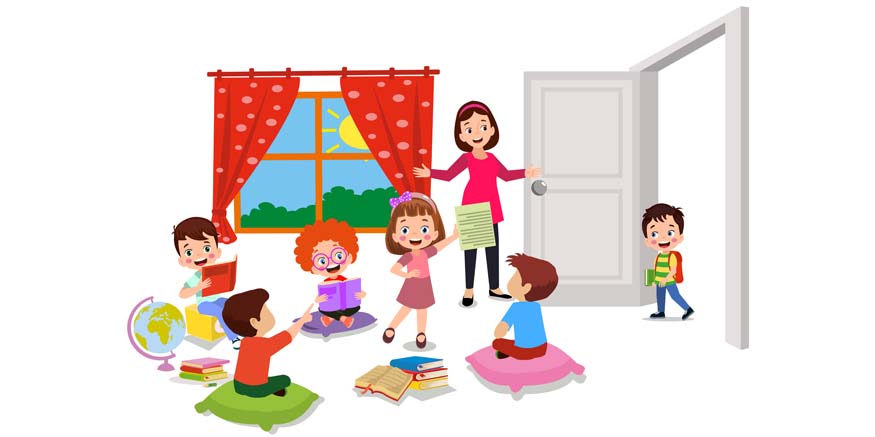


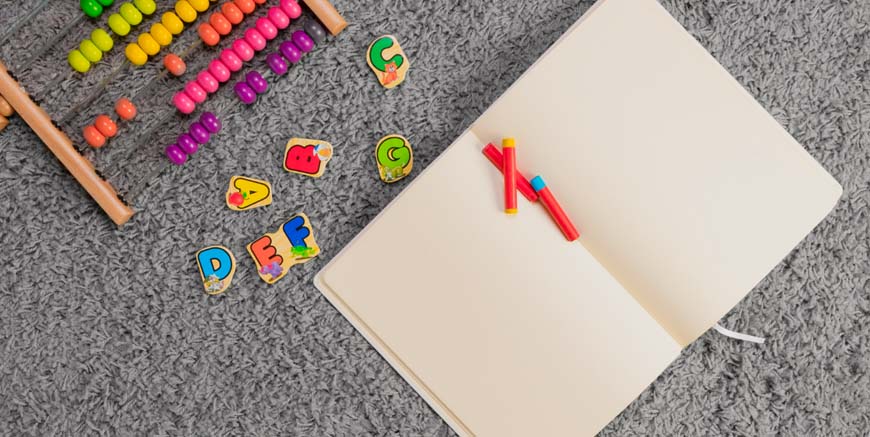


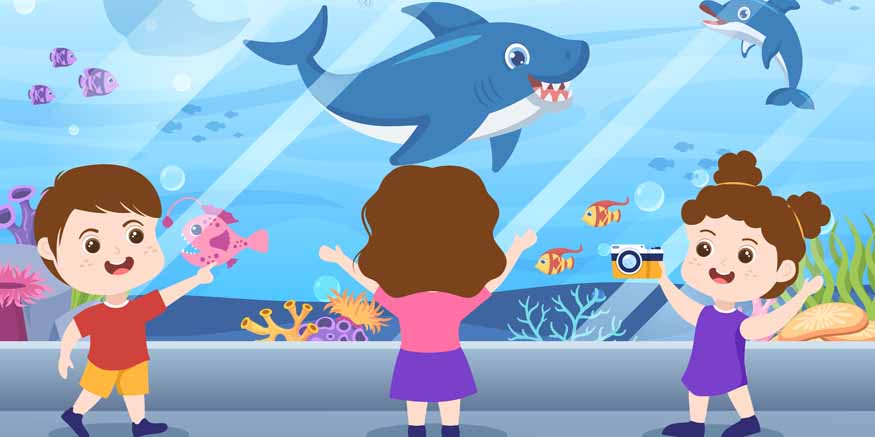
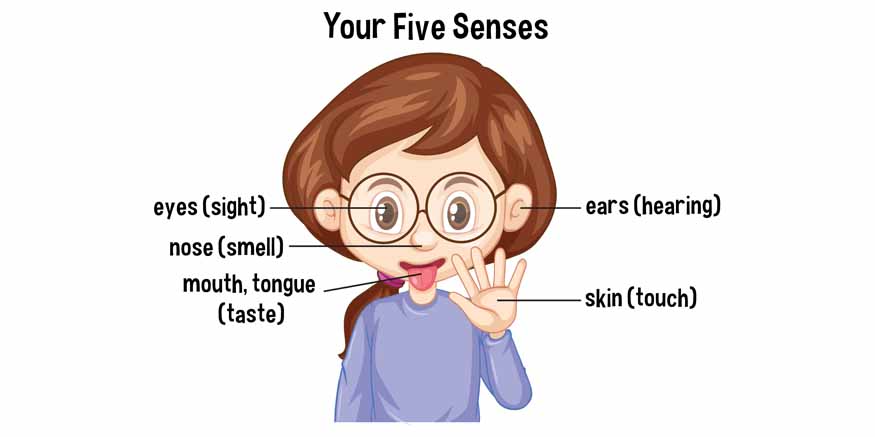

Recent Comments